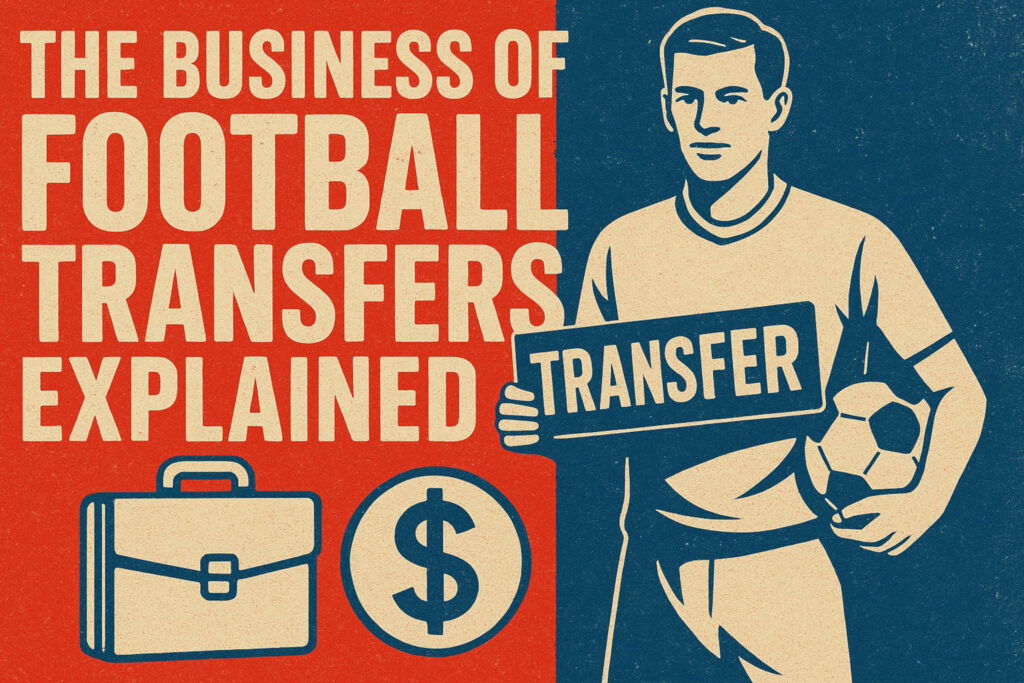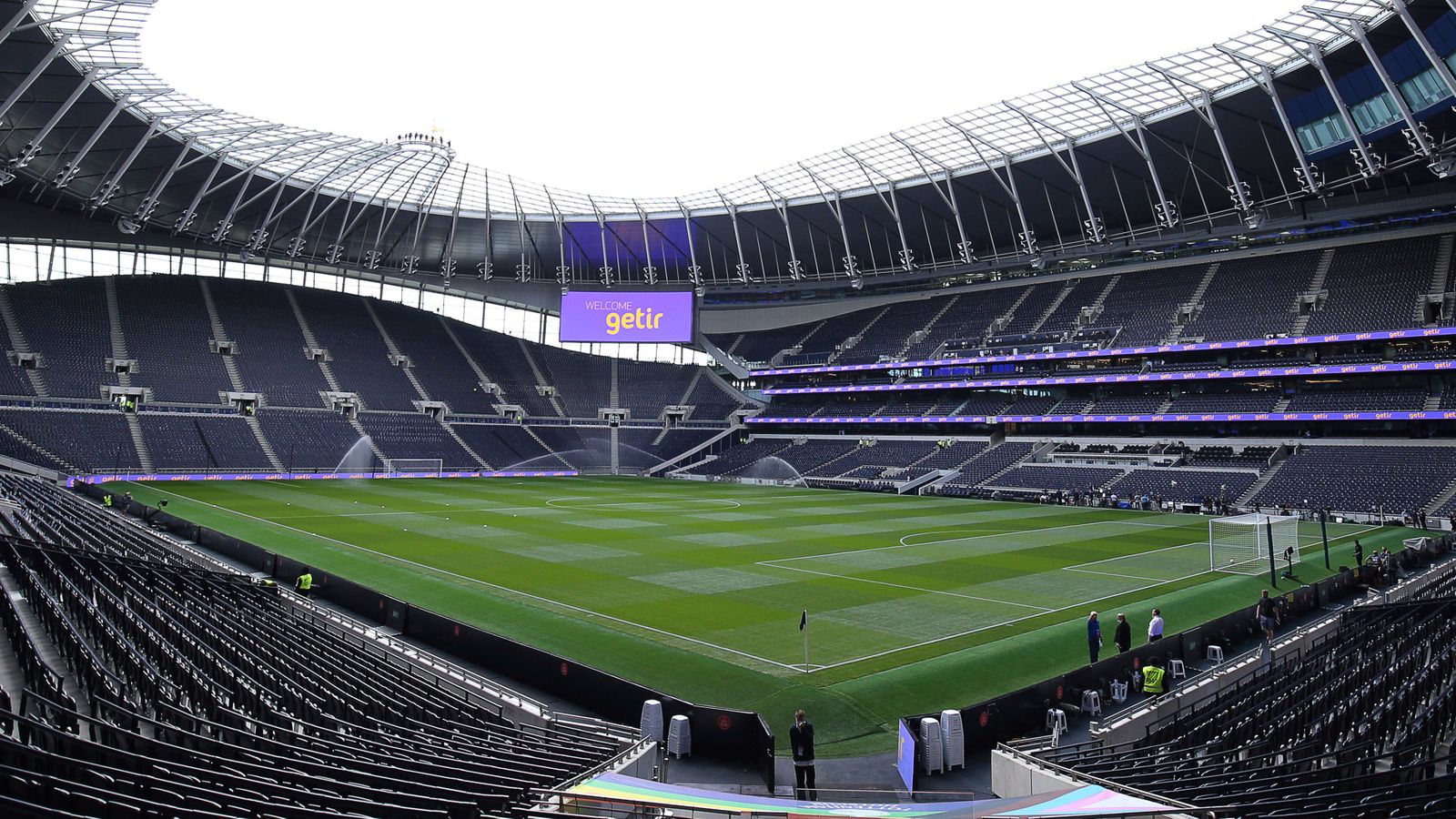The Business of Football Transfers Explained

Football transfers are often portrayed as last-minute dashes, dramatic unveilings, or shock switches, but the mechanics behind them are shaped by finance, negotiation, regulation, and long-term strategy. Understanding the business behind these moves helps cut through the hype.
Transfer Fees and Payment Structure
At the heart of most transfers is the transfer fee. While headlines suggest a single lump sum, the reality is more complex. Clubs often structure deals over multiple years using instalments, performance bonuses, and sell-on clauses. For example, a reported £80 million move may only involve an initial payment of £40 million, with the rest dependent on appearances, goals, or team achievements.
This staged structure reduces immediate financial pressure and spreads costs over several seasons, which matters for accounting and Financial Fair Play compliance.
Player Contracts and Wages
Wages are negotiated alongside the transfer fee and are just as important. A club must consider weekly salary, image rights, bonuses, and signing-on fees. Agents play a key role here, ensuring players secure not only financial rewards but also clauses like release options, loyalty bonuses, or goal-related add-ons.
A high transfer fee is often paired with long contracts. This protects the asset value of the player and gives the buying club more control over future negotiations.
Agents and Intermediaries
Agents are central to modern football transfers. They negotiate on behalf of the player but also liaise between the selling and buying clubs. Their influence is controversial, particularly when commissions rival the fee itself. FIFA and UEFA have pushed for reforms, including caps on agent fees and mandatory transparency.
Some deals include multiple intermediaries: lawyers, financial advisers, family members, and image consultants. Each can extract a percentage, adding complexity to even mid-tier transfers.
Financial Fair Play and Club Strategy
Financial Fair Play (FFP) rules in Europe require clubs to balance football-related income with expenditure. This affects how much a club can spend on transfers, wages, and agent fees. Clubs must therefore sell players, increase commercial revenue, or qualify for European competitions to fund major transfers.
As a result, some clubs now focus on younger talent with resale value. Others rely on loans with options to buy, particularly in tighter financial climates. Multi-club ownership models are also influencing the landscape, with affiliated teams facilitating internal transfers at favourable terms.
Release Clauses and Legal Safeguards
Release clauses are increasingly common, especially in Spain and Portugal. They set a fixed price at which a player can leave, providing clarity but also limiting leverage. Clubs can either exploit or suffer from these clauses, depending on the player’s form and market value.
Legal teams are heavily involved in drafting and reviewing contracts. Image rights agreements, injury protections, and behavioural clauses have become standard.
Sponsorship, Branding, and Commercial Impacts
Top transfers are commercial events. Shirt sales, media exposure, and social media engagement can spike instantly following a major signing. For clubs with global ambitions, the branding value of signing a marquee name can rival the on-pitch benefit.
Sponsors may even influence moves, especially in markets like the Middle East or the United States, where league growth depends on high-profile arrivals.
Deadlines, Medicals, and Paperwork
Transfer windows create pressure. Moves must be registered with national associations and leagues, sometimes within minutes of the window closing. Medicals, often extensive, can delay finalisation or scupper deals.
Digital registration systems like FIFA’s Transfer Matching System (TMS) help standardise cross-border moves, but paperwork errors still cause collapses or delays.
TIF Takeaway
Football transfers combine sporting ambition with financial calculation. Behind every headline deal is a mix of accounting, legal wrangling, player strategy, and club philosophy. While fans see the final photo with a scarf and shirt, the groundwork is laid months in advance across boardrooms, training grounds, and legal offices. The business of football is never just about the player’s next match — it’s about balancing today’s decisions with tomorrow’s consequences.
















































